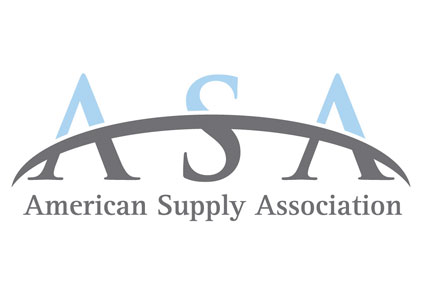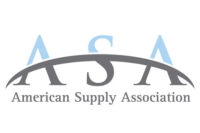When it comes to deciding upon an exit strategy, owners of closely held businesses have a lot to think about. Faced with the frightening prospect of turning over the business they have worked so hard to build to new ownership, they might worry about what will happen to the company — and their employees — once they’re gone. Selling the business to a third party isn’t always a welcome or viable option. But if there isn’t a qualified management team or successor in mind, what’s a business owner to do?
Fortunately, there is an alternative that can help ensure the continuation of the business while providing significant financial rewards for both the owner and the employees: selling the business to employees through an Employee Stock Ownership Plan (ESOP).
An ESOP is a trust set up by a corporation to allot some of its stock to its employees over time. It’s similar in many ways to a profit-sharing plan. Shares are allocated to individual employee accounts based on their compensation levels as well as how long they have worked for the company – as employees accumulate seniority, they become increasingly vested in the account.
ESOPs can be used for
many purposes, including:
- · As part of an ownership succession strategy
- · As a pure employee benefit plan
- As a component of a complete leveraged buyout
- · To create a market for inside or outside shareholders
- · To enable shareholders with management responsibilities to gradually ease out of the business
- · To finance corporate acquisitions
- To enhance employee performance and morale
This variability, plus an attractive slate of tax benefits, makes an ESOP a compelling choice in a number of succession planning and corporate finance situations. Further, ESOPs can help business owners gradually begin the process of converting their closely held ownership over to liquid, diversified capital.
An ESOP can also help ensure the company will retain the owner’s original corporate vision by helping to retain key managers. In addition, because employees own a portion of the company, they will have stronger ties to it and will be more likely to work hard to ensure its success.
Other benefits include:
- · Companies can fund ESOPs with pre-tax dollars
- · The owner may sell to the ESOP in stages, gradually relinquishing control of the company
- · ESOPs can be used to raise capital in order to finance acquisitions or refinance debt
- · ESOPs can infuse working cash flow into the corporation
- · ESOPs can be used to match employee contributions to a 401(k) plan, significantly reducing the cost of employee benefits.
HELPFUL LINKS:




